What Binoculars Can See Planets ?
Binoculars with a high magnification power, typically 10x or higher, can be used to observe planets in our solar system. However, it is important to note that binoculars are not specifically designed for astronomical observations, and their capabilities for viewing planets are limited compared to telescopes. Planets like Jupiter and Saturn can appear as small, bright dots with some details visible, such as Jupiter's four largest moons or Saturn's rings. However, the level of detail will be significantly less compared to what can be seen through a telescope. Additionally, the visibility of planets depends on various factors such as their current position in the sky, atmospheric conditions, and light pollution. For serious planetary observations, it is recommended to use a telescope with higher magnification and better optics.
1、 Magnification Power
Binoculars can indeed be used to observe planets, but it is important to note that their capabilities are limited compared to telescopes specifically designed for astronomical observations. The magnification power of binoculars determines how much closer an object appears compared to the naked eye. However, when it comes to observing planets, magnification power alone is not the only factor to consider.
The magnification power of binoculars typically ranges from 7x to 20x, with some specialized models reaching higher magnifications. While higher magnification can make planets appear larger, it also amplifies the shakiness caused by hand movements, making it difficult to achieve a steady view. Additionally, higher magnification can also reduce the brightness and clarity of the image.
To observe planets with binoculars, it is recommended to use models with a magnification power of around 10x to 15x. This range strikes a balance between magnification and stability, allowing for a clearer and more enjoyable viewing experience. However, it is important to manage expectations as binoculars will not provide the same level of detail as a telescope.
In recent years, there have been advancements in binocular technology, such as image stabilization and improved optics, which can enhance the viewing experience. These advancements can help reduce hand movements and improve image quality, making it easier to observe planets with greater clarity.
In conclusion, while binoculars can be used to observe planets, their capabilities are limited compared to telescopes. The magnification power of binoculars, along with advancements in technology, can enhance the viewing experience, but it is important to manage expectations and understand that binoculars will not provide the same level of detail as a telescope specifically designed for astronomical observations.
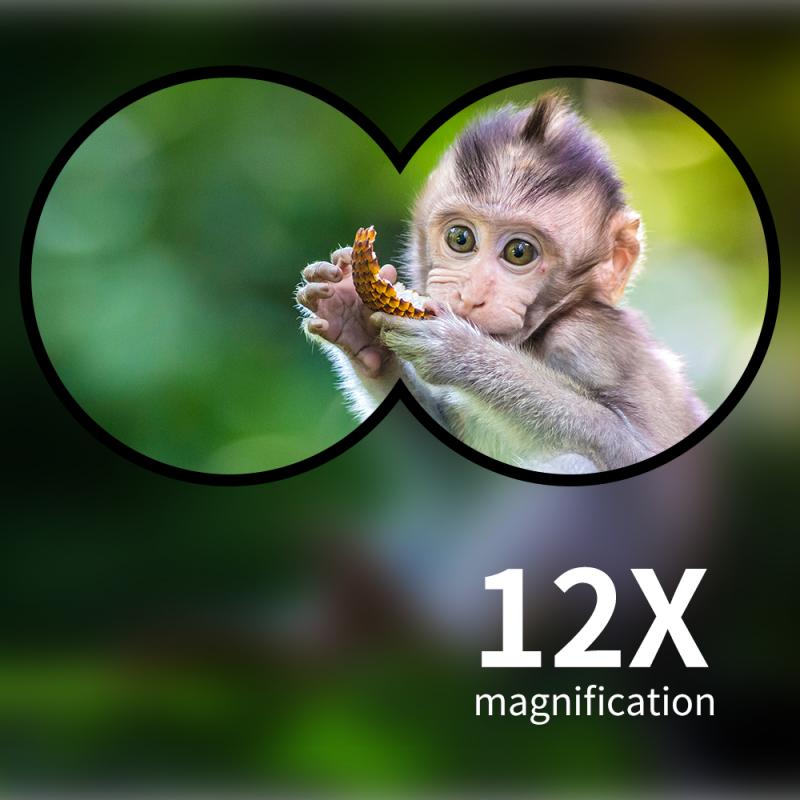
2、 Objective Lens Diameter
Binoculars with a larger objective lens diameter are generally better suited for observing planets. The objective lens diameter refers to the size of the front lenses of the binoculars, typically measured in millimeters. The larger the objective lens diameter, the more light the binoculars can gather, resulting in brighter and clearer images.
For observing planets, it is recommended to use binoculars with an objective lens diameter of at least 50mm. Binoculars with this size can provide a good balance between portability and light-gathering capability. They allow for decent magnification and can capture enough light to reveal details on the planets' surfaces.
However, it is important to note that while binoculars can provide a great view of the Moon and some of the brighter planets like Jupiter and Saturn, they may not be powerful enough to see the finer details on distant planets like Mars or Venus. For observing these planets in more detail, a telescope with higher magnification and larger objective lens diameter would be more suitable.
Additionally, advancements in technology have led to the development of specialized astronomical binoculars with larger objective lens diameters, ranging from 70mm to 100mm or even more. These binoculars are specifically designed for stargazing and can provide even better views of planets and other celestial objects.
In conclusion, binoculars with an objective lens diameter of at least 50mm are recommended for observing planets. However, for more detailed observations, especially of distant planets, a telescope with higher magnification and larger objective lens diameter would be more appropriate.
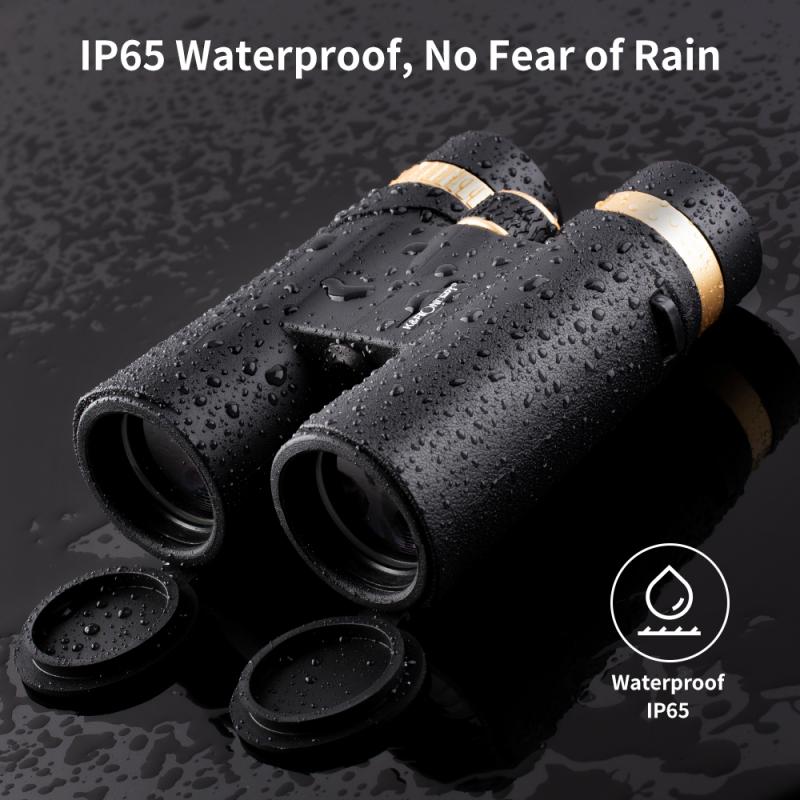
3、 Optical Coatings
Optical coatings play a crucial role in enhancing the performance of binoculars when it comes to observing celestial objects such as planets. These coatings are applied to the lenses and prisms of binoculars to improve light transmission, reduce glare, and enhance contrast. By minimizing reflections and maximizing light transmission, optical coatings allow for a clearer and more detailed view of planets.
Binoculars with high-quality optical coatings can provide excellent views of planets within our solar system. With the right conditions and a suitable magnification power, binoculars can reveal fascinating details on planets like Jupiter, Saturn, Mars, and Venus. For example, Jupiter's cloud bands, its four largest moons (known as the Galilean moons), and the Great Red Spot can be observed with binoculars. Saturn's rings and its largest moon, Titan, can also be seen.
It is important to note that while binoculars can provide enjoyable views of planets, they have limitations compared to telescopes. Binoculars typically have lower magnification power and smaller objective lenses, which restricts their ability to resolve fine details on distant planets. Additionally, atmospheric conditions, light pollution, and the planet's position in the sky can affect the quality of observations.
In recent years, advancements in optical coatings have further improved the performance of binoculars for planetary observation. Newer coatings, such as multi-coatings and anti-reflective coatings, have been developed to enhance light transmission and reduce chromatic aberration. These advancements have allowed for better contrast and sharper images when observing planets.
However, it is worth mentioning that for more detailed and in-depth observations of planets, dedicated astronomical telescopes are the preferred choice. Telescopes offer higher magnification power, larger objective lenses, and specialized features designed specifically for celestial observation.
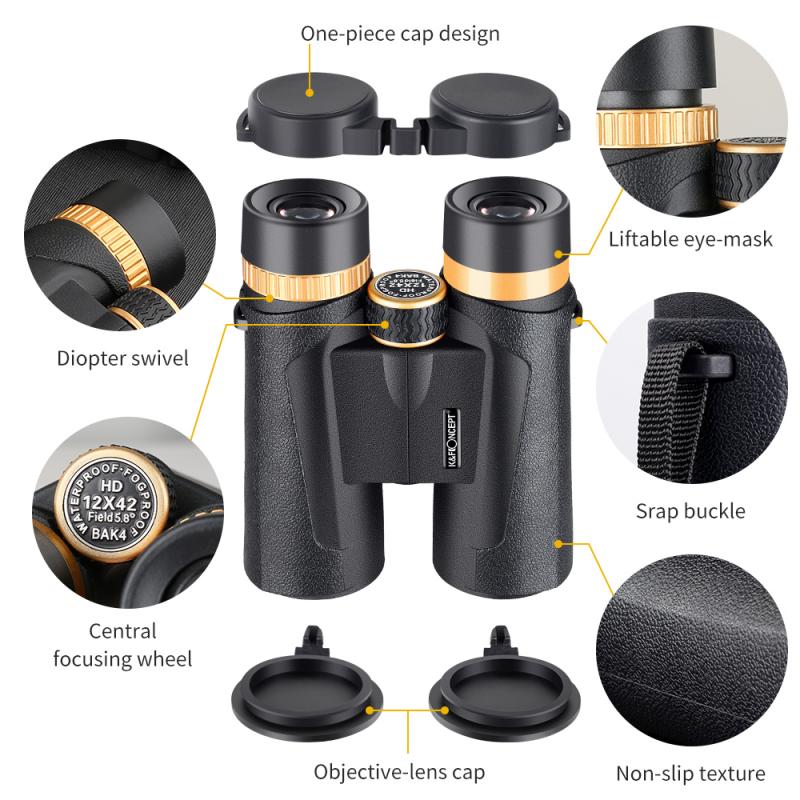
4、 Field of View
Field of View (FOV) is an important factor to consider when choosing binoculars for observing planets. FOV refers to the width of the area visible through the binoculars at a specific distance. It is typically measured in degrees and can vary depending on the model and magnification power of the binoculars.
While binoculars can be great for observing celestial objects like the Moon and some brighter planets, they have limitations when it comes to viewing more distant planets. Planets in our solar system appear relatively small and faint when viewed through binoculars due to their immense distances from Earth.
To observe planets in more detail, astronomers typically rely on telescopes with higher magnification power and larger apertures. Telescopes allow for better resolution and the ability to see finer details on the planets' surfaces, such as cloud bands on Jupiter or the rings of Saturn.
However, it is worth noting that some larger planets like Jupiter and Saturn can still be observed with binoculars, albeit with limited detail. For example, Jupiter's four largest moons, known as the Galilean moons, can be seen as tiny points of light orbiting the planet. Additionally, binoculars can help in locating planets in the night sky, making it easier to then observe them with a telescope.
In conclusion, while binoculars can provide a general view of some planets in our solar system, they are not the ideal tool for detailed planetary observations. Telescopes with higher magnification power and larger apertures are better suited for observing planets and capturing their intricate features.







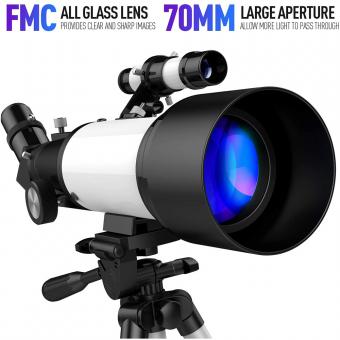



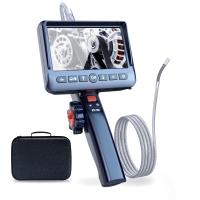







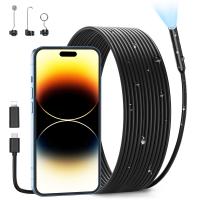

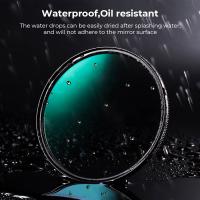

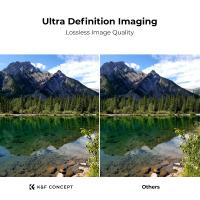

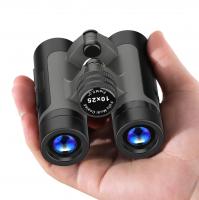
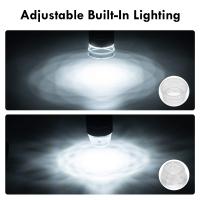
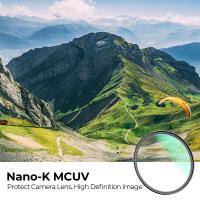
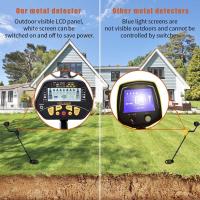


There are no comments for this blog.